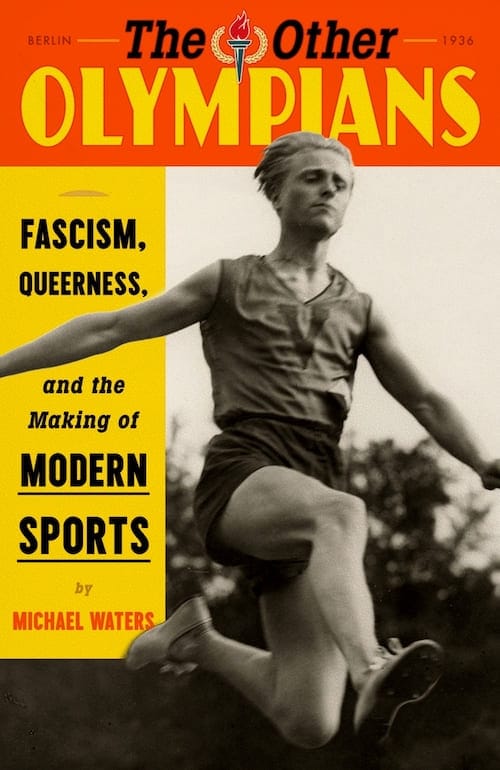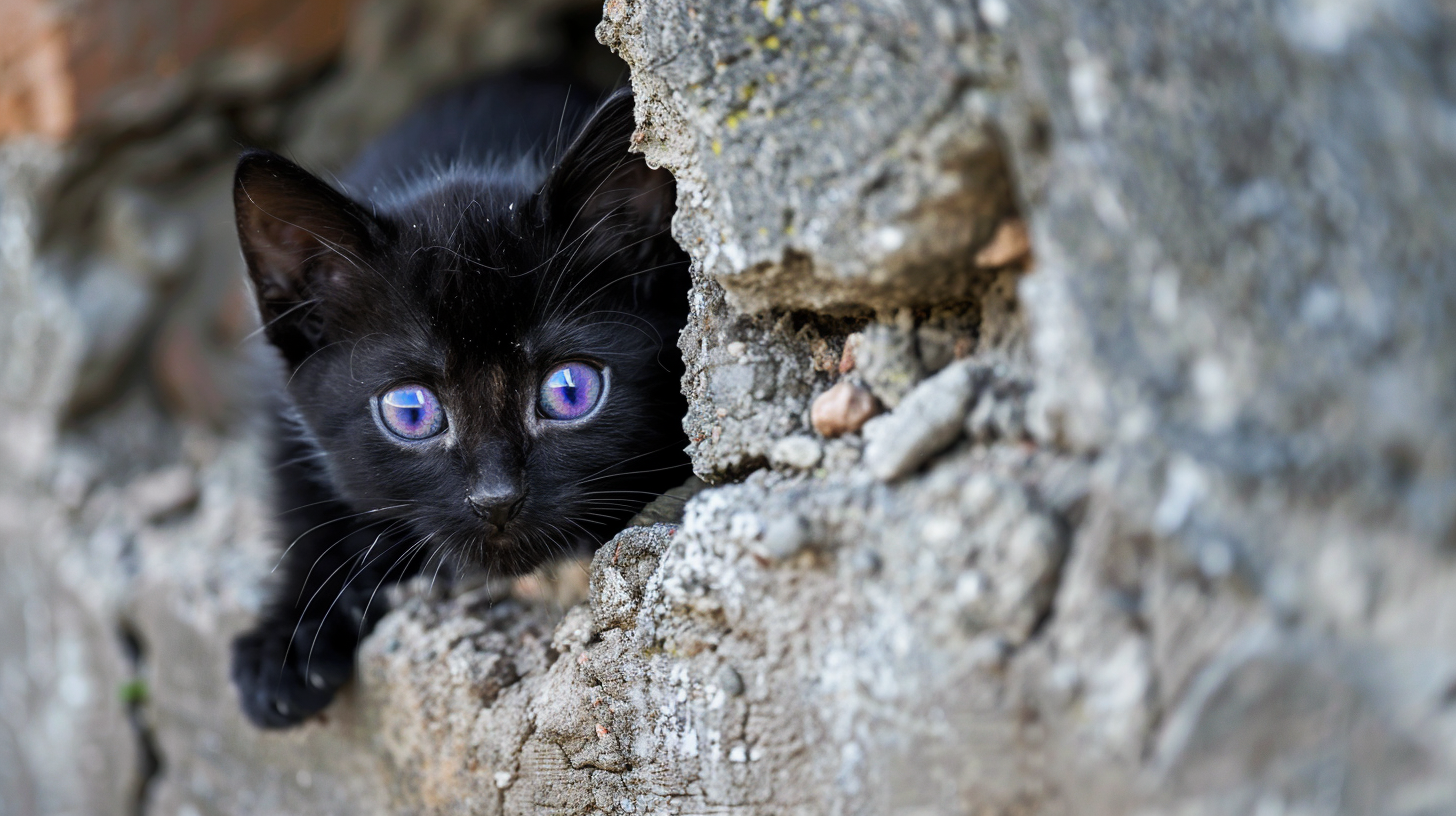The Indispensable History of 'Sex Testing' in Sports
Waters keeps the book focused on the 1930s, with the history told in such a way that it's crystal clear how it's relevant today. The moral panic over trans people in sports continues not to be about sports.

Michael Waters has written this incredible book, The Other Olympians
There's a history book coming out very soon that I want to talk about all day. It's called The Other Olympians: Fascism, Queerness, and the Making of Modern Sports. It's by Michael Waters, and if you order it now, you'll get it in June. I was lucky to get an advance copy. My whole soul did a back-flip when I saw the cover on NetGalley.
Skepticism of athletes' sex at the 1936 Olympics
The Other Olympians is an early history of how sports officials in the 1930s began verifying the sex of athletes. It focuses on the 1936 Olympic Games hosted in Berlin while Hitler was in power.
Sex testing was always “a solution in search of a real problem,” Waters writes. In the disingenuously invoked name of fairness, authorities were “subjecting every woman — but notably no athletes in men’s competition — to invasive and humiliating sex tests.”
As the rumor went, described by Waters, “at one point in Olympic history cis men had successfully disguised themselves as women in order to notch world records.” But that alleged deception never happened.
What really happened was just that misogynists accused cis women athletes of being men. They wanted to tear down women's accomplishments and humiliate them. Likewise, they tried to invalidate the pre-transition athletic performances of trans men, on the grounds that a post-transition trans man was retroactively a man and thus had always been ineligible for women's competition. They targeted intersex people too despite not having scientific understanding of intersex variations. At root, this was ordinary schoolyard bullying. Terrifyingly, it was amplified on an international stage while Nazis controlled the Olympics.
Waters writes:
“Sex testing, from the start, was never about an actual threat to women’s sports. It was always about the perception of a threat; the ambient sense of panic around femininity, masculinity, and gender transition; the feeling that something fundamental was shifting in the relationship between gender and sports and that the only way to stop it was to forcibly examine the bodies of anyone deemed suspect.”
Sex testing was also often classist and racist. After the modern Olympic Games were founded in 1896, “panic about masculine women always focused on track-and-field sports,” which “attracted the highest shares of working-class women and women of color, who were deemed less feminine than their rich, white counterparts.” Here, Waters is suggesting that class and race were policed “by way of sex testing," and thus sex testing may not always have been primarily about sex per se. It was a tool in the oppressors' toolbox for persecuting people to serve various oppressive agendas.
After the 1936 Games, sports officials planned to invasively test the sex of all women athletes at the next Olympics. Hitler wanted to host again, but the 1940 Games were cancelled due to the war. Despite the hiatus, “sex testing had already become part of the fabric of track-and-field sports,” and “officials and the media quickly forgot the context in which they were introduced.” That context was “a specific conflagration of Nazi ideology, 1930s understandings of sex, and the ambitious personalities of men like Avery Brundage,” who championed sex testing for decades and became president of the International Olympic Committee.
Some people were inclined to toss out the entire premise of sex testing. After all, which male or female trait should authorities be looking for, does that trait really make a difference to the game, and is it important enough to bother athletes over this? However, over time, organizations would double down on sex testing. In 1966, the International Amateur Athletic Federation stopped accepting doctor’s certificates from the athletes’ home countries and instead demanded on-site genital inspections. At the 1968 Olympics, it began chromosome testing.
The anti-trans purpose of sex testing
If we took literally the accusation of Cis Man in Disguise, cis men athletes would be the villains of that tale. But that’s a superficial understanding. The trope isn’t meant to be taken literally (especially as it’s based on something that doesn't happen). And indeed, no one does take it literally.
The trope is meant to be used transphobically. In the 1930s, as Waters shows in great detail, sports officials—especially those who were Nazi sympathizers—wanted everyone to worry about trans men and intersex athletes. The possibility of a trans woman athlete doesn't seem to have occurred to them. Today, when someone recites the Cis Man in Disguise trope to us, they want us to superimpose that fictional narrative onto the reality of trans women.
The similarity, then and now, was transphobia. The type of transness being targeted has shifted, and understandings of transness have changed. But it has always been a transphobic narrative. And, as previously mentioned, it can be used for classist and racist attacks.
The scaremongering instructs us to suspect everyone of being a cis man until they prove to us that they aren’t. Where the fear doesn't already exist, sex testing is a stick to kindle it from scratch.
Today, the same fallacy is also used to ban trans people from public bathrooms. The trope starts as Cis Man in Disguise for the Motive of Cheating to win a women's athletic gold medal, and it mutates to Cis Man in Disguise for the Motive of Preying on unsuspecting women in a bathroom. This trope never makes literal sense because, if you put yourself in the mindset of a fictional cis male villain, you realize the steps he'd have to carry out for his plan would be elaborate and bizarre and the cost-benefit analysis wouldn't work out in his favor. The trope is only comprehensible as transphobia; it's a cruel joke meant to forcibly out and socially isolate trans, intersex, and queer people.
Why this history is important today
The moral panic over trans people in sports continues not to be about sports. As in the early 20th century, most of the people today who make noise over trans people allegedly spoiling women’s sports aren’t doing anything to appreciate or fund women’s sports nor to support or elevate women athletes. Instead, they say quite a lot about excluding trans people from society broadly. Their moral panic over trans people in sports is primarily about their perception of trans people and what they’d like to do to us. They show it to us all the time.
Waters keeps The Other Olympians focused on the 1930s, telling the history in such a way that it's crystal clear how it's relevant today.
As Waters puts it: “If the biggest sports event in the world decided that it needed to create a stringent definition of ‘female,’” sports officials and fans will tend to believe that whatever definition they come up with is natural. They will ask: “Why shouldn’t other regulatory bodies, or societies, do the same?” So the campaign to sex test athletes will spread. It becomes slander and disinformation.
This will go beyond sports.
It has gone beyond sports.
Everyone needs to know this history. The Other Olympians: Fascism, Queerness, and the Making of Modern Sports will be out June 4.


